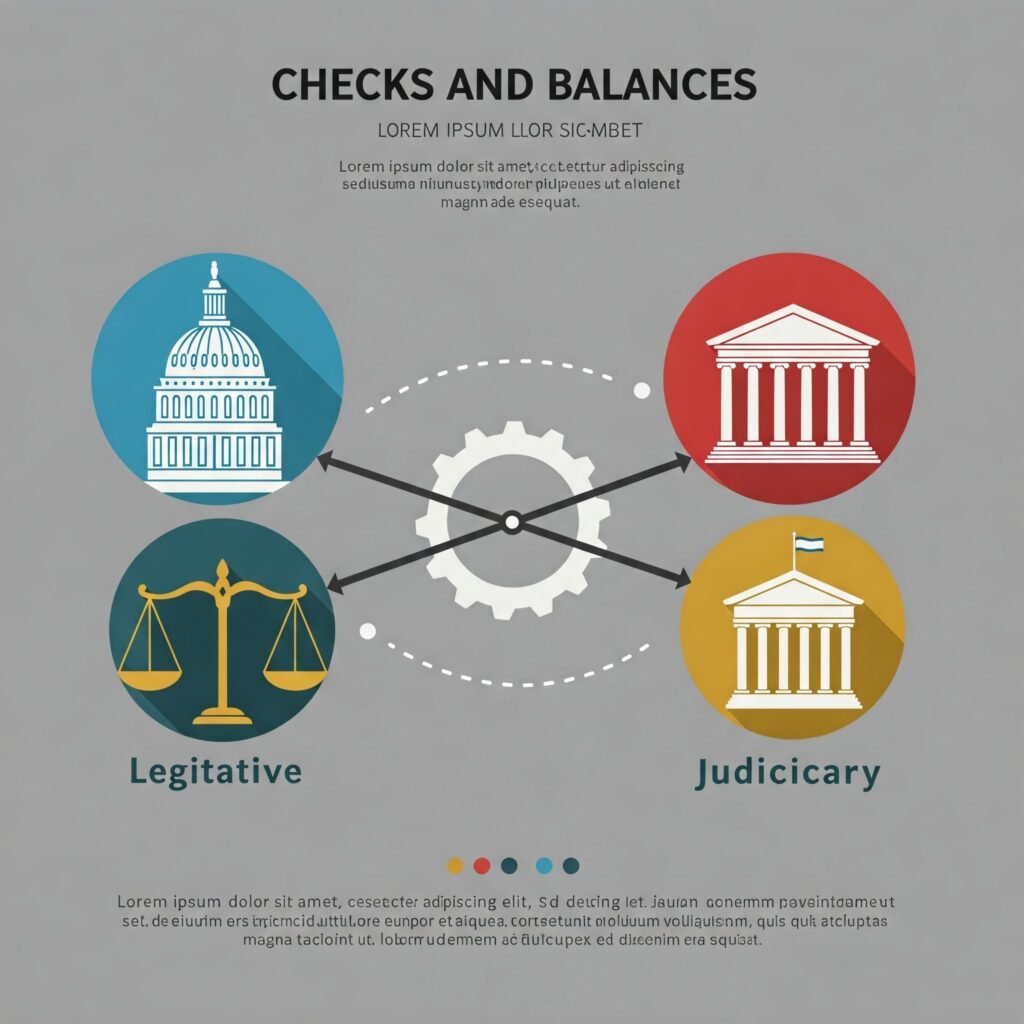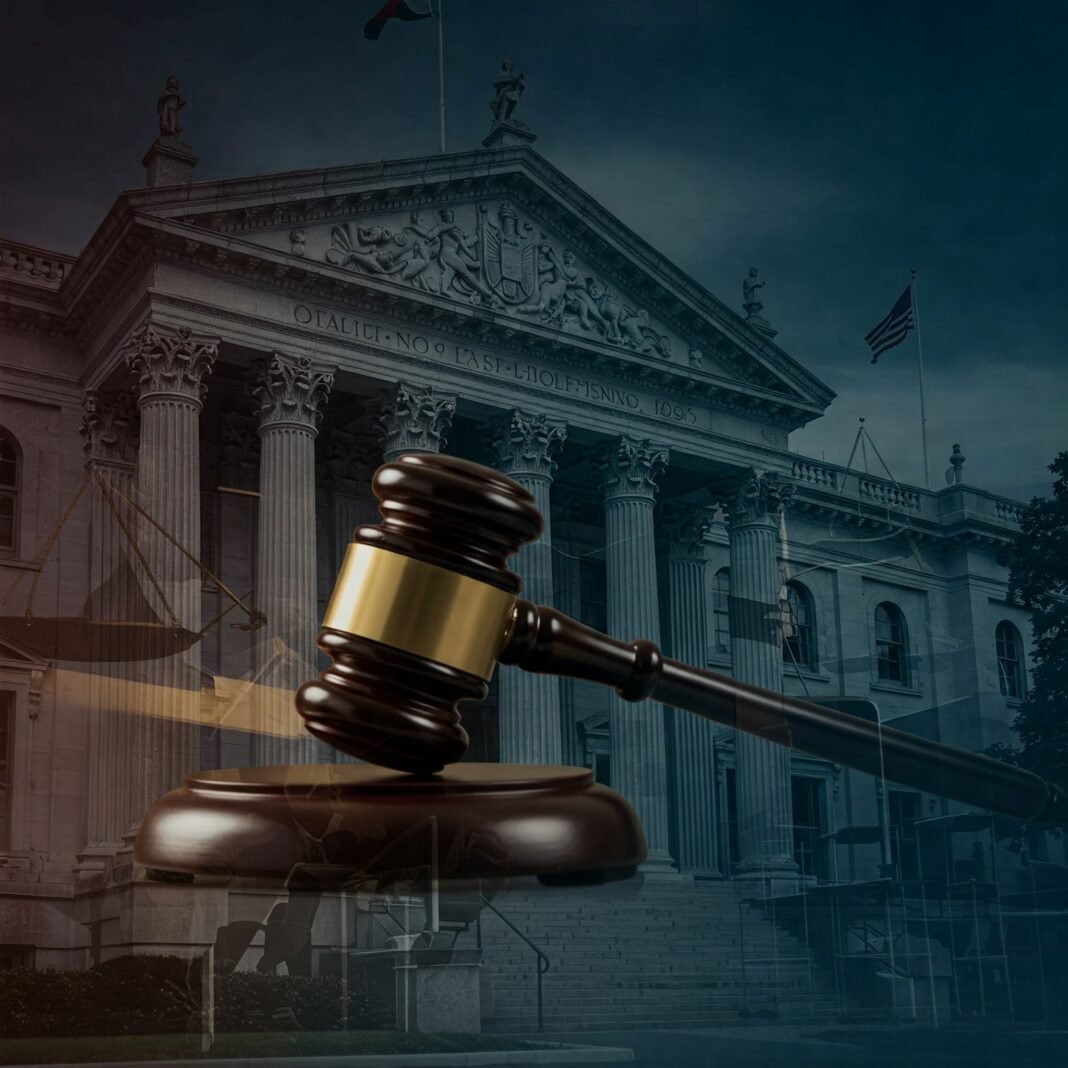Have you ever wondered how a decision made by a handful of judges in a courtroom can send ripples through the entire political system? It might seem counterintuitive – judges applying laws, not campaigning for votes. Yet, time and again, landmark court rulings political impact is undeniable, dramatically altering the course of history, shaping elections, and redefining fundamental rights.
Indeed, these aren’t just legal pronouncements; they are pivotal moments that engage the separation of powers, test the limits of governmental authority, and often spark intense political debate and activism. Consequently, understanding the influence of the judiciary is crucial to grasping the dynamics of American democracy.
In this post, we’ll dive into what makes a court ruling “landmark” and explore specific cases that vividly demonstrate the profound political consequences of judicial decisions.
Landmark Court Rulings Political Impact: Understanding Their Power
What elevates a standard court decision to a landmark ruling? Generally, it’s a case that:
- Establishes a significant new legal principle.
- Changes the interpretation of existing law or the Constitution.
- Has widespread and lasting effects on society, government, or law.
- Often involves matters of great public importance or controversy.
While many courts issue important decisions, the U.S. Supreme Court is the primary source of these politically impactful landmark rulings due to its role as the final arbiter of federal law and the Constitution. Furthermore, its decisions set precedents that all lower courts must follow.
Landmark Court Rulings Political Impact: Key Cases That Reshaped Politics
Let’s look at a few historical examples that showcase the significant Landmark Court Rulings Political Impact. Crucially, these cases didn’t just interpret law; they reshaped the political landscape.
Landmark Court Rulings Political Impact on Civil Rights: Brown v. Board (1954)
Perhaps one of the most well-known examples, Brown v. Board of Education, declared state-sponsored segregation in public schools unconstitutional. While a legal victory, its political impact was immense and immediate.
- Political Resistance: Notably, the ruling faced massive resistance across the Southern U.S., leading to political crises, clashes between state and federal authority, and ultimately the deployment of federal troops (e.g., Little Rock Nine).
- Mobilized Movements: Moreover, it invigorated the Civil Rights Movement, transforming it from a regional struggle into a national force and putting immense pressure on politicians to act.
- Legislative Action: Consequently, the political pressure generated by the ruling and the ensuing activism ultimately paved the way for landmark federal legislation like the Civil Rights Act of 1964 and the Voting Rights Act of 1965. [Link to National Archives on Civil Rights Act]
Landmark Court Rulings Political Impact on Voting Rights: Baker & Reynolds
These cases dealt with how legislative districts were drawn, often favoring rural areas over growing urban populations (“malapportionment”).
- Baker v. Carr (1962): Specifically, this ruling held that federal courts could hear cases challenging the political issue of legislative apportionment, thereby opening the door for judicial intervention.
- Reynolds v. Sims (1964): Following Baker, this decision established the principle of “one person, one vote,” mandating that state legislative districts be roughly equal in population.
Their political impact? Simply put, they fundamentally shifted political power by forcing states to redraw districts, giving urban and suburban voters greater representation and significantly changing the dynamics of state and national elections. Interestingly, this remains a politically charged issue today (gerrymandering).
Landmark Court Rulings Political Impact on Contested Rights: Roe & Dobbs
Few rulings demonstrate Landmark Court Rulings Political Impact as dramatically as those concerning abortion rights.
- Roe v. Wade (1973): Initially, this decision established a constitutional right to abortion, based on a right to privacy. Immediately, this ruling became a flashpoint in American politics, galvanizing both pro-choice and pro-life movements.
- Political Polarization: Roe created one of the most enduring and divisive political issues, heavily influencing party platforms, judicial appointments, and voter behavior for nearly 50 years.
- Dobbs v. Jackson (2022): In stark contrast, this decision overturned Roe v. Wade, eliminating the federal constitutional right to abortion and returning the authority to regulate or ban abortion to individual states. As a result, the political fallout was instantaneous and immense, triggering intense state-level political battles, influencing the 2022 and subsequent elections, and reshaping political strategies for both major parties. [Link to analysis of Dobbs political impact]
Landmark Court Rulings Political Impact on Money in Politics: Citizens United (2010)
This decision held that the First Amendment prohibits the government from restricting independent expenditures for political communications by corporations, labor unions, and other associations.
- Campaign Finance Landscape: Consequently, the ruling fundamentally altered the landscape of campaign finance, leading to the rise of Super PACs and dramatically increasing the amount of money in politics.
- Political Debate: Furthermore, it fueled intense political debate about the role of money in democracy, corporate influence, and the potential for corruption, making it a major talking point for political reformers and campaigns.
Landmark Court Rulings Political Impact on Presidential Power: Youngstown (1952)
Often called the “Steel Seizure Case,” this ruling limited the President’s power to seize private property without statutory authority, even during a national emergency.
- Checks and Balances: Crucially, this case reinforced the principle of separation of powers, politically checking the executive branch’s authority and serving as a crucial precedent in debates over presidential power, especially during times of crisis.
Landmark Court Rulings Political Impact: Driving Change and Conflict
As these examples show, Landmark Court Rulings Political Impact is multifaceted:
- Direct Policy Change: Sometimes, rulings can instantly invalidate laws or compel legislative action.
- Political Mobilization: Often, decisions infuriate or energize segments of the population, leading to protest, advocacy, and the formation of political organizations.
- Electoral Influence: Inevitably, court vacancies and controversial rulings become major issues in presidential and senatorial elections (as the Senate confirms federal judges).
- Legislative Response: Furthermore, rulings can spur Congress or state legislatures to pass new laws to comply, mitigate, or even try to circumvent the decision (within constitutional limits).
- Executive Action: Similarly, Presidents may use executive orders or their enforcement powers to respond to or implement rulings.
- Public Opinion Shift: Over time, landmark decisions can contribute to shifts in public attitudes on key social and political issues.

Landmark Court Rulings Political Impact: Debating the Court’s Role
The significant Landmark Court Rulings Political Impact naturally leads to ongoing political debate about the proper role of the judiciary. Should judges strictly interpret the law as written (judicial restraint), or should they consider how the law applies to modern circumstances and values (judicial activism)? This tension is at the heart of many political battles over judicial appointments.
Indeed, the selection of judges, particularly Supreme Court justices, has become an intensely political process, with presidents and senators keenly aware that appointments are perhaps their most lasting legacy, shaping the direction of the country through future landmark rulings.

Conclusion: The Unavoidable Link Between Law and Politics
In conclusion, Landmark Court Rulings Political Impact is not a side effect; it’s an intrinsic part of how the American system of government functions. The judiciary, though designed to be insulated from direct political pressure, wields immense power to interpret the fundamental laws that govern us.
Ultimately, these decisions shape our rights, influence our elections, and are powerful catalysts for social and political change (and sometimes, resistance to change). Therefore, understanding these landmark cases and their effects isn’t just about legal history – it’s essential to understanding the political forces that continue to shape the nation.
To stay informed, understand key court cases, understand the potential ripple effects, and recognize that the courtroom is often an unheralded, yet incredibly powerful, arena of political struggle and transformation.




